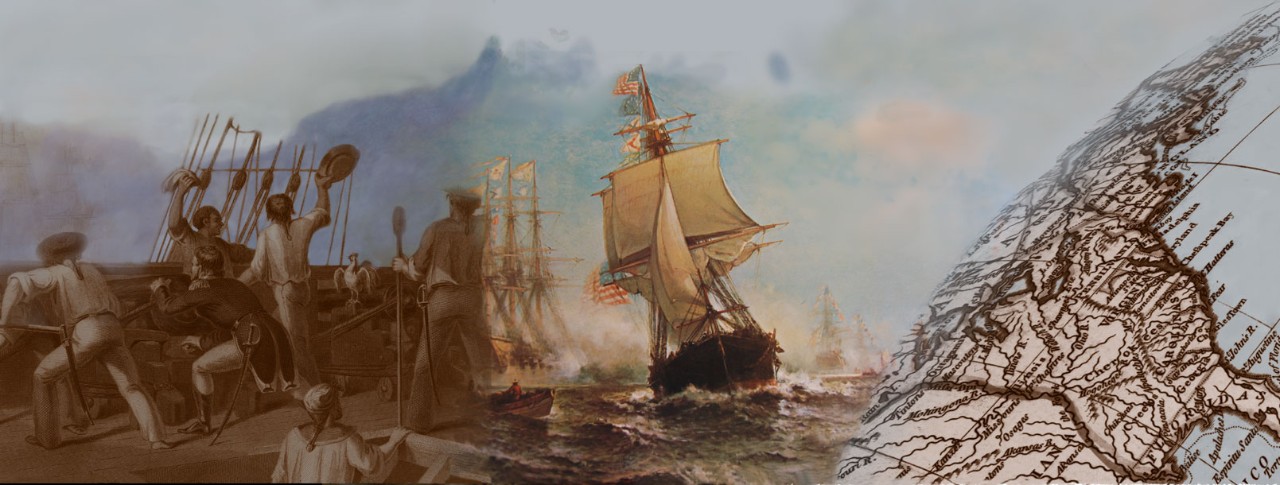
Boyington, Gregory
Gregory Boyington was born on 4 December 1912 in Coeur D'Alene, Idaho. He studied aeronautical engineering at the University of Washington, graduating in 1934, and was subsequently employed by the Boeing Aircraft Company. He also served in the U.S. Army Coast Artillery Reserve and the Volunteer Marine Corps Reserve. In February 1936, Boyington was appointed from the State of Washington as a U.S. Marine Corps Reserve aviation cadet. After completing flight training in March 1937 at Naval Air Station, Pensacola, Florida, he was designated as a Naval Aviator and received orders to the Fleet Marine Force at Quantico, Virginia. In July 1937, he accepted a regular commission in the Marine Corps as a Second Lieutenant. A year later, following attendance at the Corps' Basic School, he joined the Second Marine Aircraft Group at San Diego, California. Promoted to First Lieutenant in November 1940, Boyington resigned his commission in the Summer of 1941 in order to join what became the American Volunteer Group (AVG) or "Flying Tigers".
During the next year, as the Sino-Japanese War expanded into a conflict involving the entire Asia-Pacific region, Boyington served in the AVG as a fighter pilot and squadron commander, claiming credit for shooting down several Japanese aircraft. In September 1942, after his return to the United States, he was commissioned a First Lieutenant in the Marine Corps Reserve and was promoted to the temporary rank of Major a few months later. Sent to the southern Pacific war zone, he served as Executive Officer of Marine Fighting Squadron One Hundred Twenty One (VMF-121) during the months following the fight for Guadalcanal. Later in 1943 Major Boyington received command of the newly-formed Marine Fighting Squadron Two Hundred and Fourteen (VMF-214), which flew F4U "Corsair" fighters in the campaign to seize bases in the Central Solomons and isolate the enemy stronghold at Rabaul, New Britain.
From 12 September 1943 to 3 January 1944, while commanding VMF-214, Boyington was credited with twenty-two more aerial victories (for a claimed total of twenty-eight, counting his AVG service) before being shot down near Rabaul on 3 January 1944. Picked up by a Japanese submarine, he spent the next twenty months as a prisoner of war. While in captivity Boyington was promoted to Lieutenant Colonel. After the Japanese capitulation in August 1945, he was released from the Omori Prison Camp near Tokyo, Japan and returned to the United States. In recognition of his "extraordinary heroism and valiant devotion to duty" while in command of VMF-214, Lieutenant Colonel Boyington was presented with the Medal of Honor by President Harry S. Truman in October 1945 White House ceremonies. He then made a Victory Bond Tour before reporting for duty at Marine Corps School, Quantico, Virginia. For his last duty station, he transferred to Marine Air West Coast at the Marine Corps Air Depot, Miramar, San Diego, California. His distinguished combat record resulted in promotion to the rank of Colonel upon his retirement in August 1947. Colonel Boyington died on 15 January 1988 and is buried at Arlington National Cemetery, Arlington, Virginia.
This page features all the images we have concerning Gregory Boyington.


